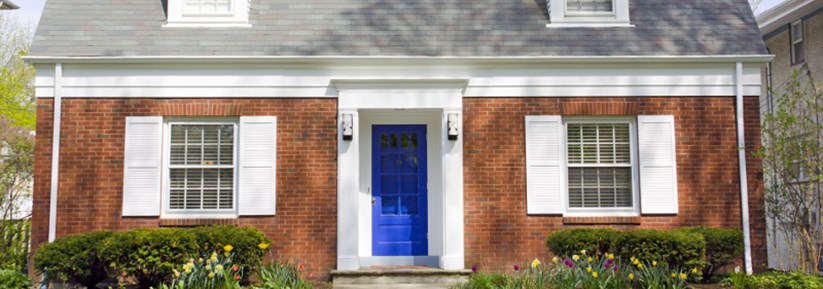How To: Insure My Home

With floods, fires and footballs kicked through windows being facts of life, having the right kind of home insurance is essential. So it’s important to understand your policy and make sure that your home and contents are properly covered.
For those purchasing their first home insurance policy, or even for those who just want to understand their current policy better, we’ve put together a simple guide to explain the basics.
What does home insurance cover?
While each policy is different, your home insurance will typically cover the costs incurred by damage or loss from:
- fire
- earthquake
- storms and lightning
- flooding
- subsidence
- heave or landslip
- theft or attempted theft
- malicious damage
- falling trees/branches
- impact by vehicle or animal.
In addition, your policy may cover personal legal liabilities, for instance, if a guest injures themselves in your home and you are found liable. It can also cover items such as bikes, jewellery and portable electronics outside the home, although this is not standard.
Types of home insurance
There are two main kinds of home insurance policies: buildings insurance and contents insurance. There are also combined policies, which cover both buildings and contents.
Buildings insurance covers the physical property – walls, ceilings, floors – as well as permanent fixtures and fittings, such as baths, toilets and fitted kitchens. In some cases, it may also cover garages, garden sheds and greenhouses; if you require cover for these structures, make sure you check that they are included in your policy.
Contents insurance covers any valuable possessions kept in your property. These are often defined as anything you would take with you if you moved house, and the most common items included are furniture, TVs, white goods and personal possessions such as jewellery and electronics. Contents insurance policies will have a limit to the individual and overall value of items that they cover.
Buildings and contents sum
If you are on a combined policy, the maximum amount your insurer will pay out is the sum of your buildings and contents insurance, often referred to as the buildings and contents sum. Buildings should be insured for the cost of rebuilding them, not their market value; you can find the correct figure for the insurance through a or by using the Building Costs Information Service (BCIS) calculator.
As the contents of your home are likely to change over time, you should make sure you keep your policy up to date, and if you purchase any expensive items or receive expensive gifts be sure to amend it. Many for instance find they need to update their contents insurance after the Christmas period.
What is not covered by home insurance?
There are certain kinds of damage that insurance will not cover. These usually include routine maintenance, or damage caused by lack of maintenance, and general wear and tear. Breakdown of white goods may not be covered either.
Other kinds of damage can be included as additional cover. If you require any of the following, you should speak to your insurer to see what is available.
- Accidental damage: this includes any damage that you might cause unintentionally, such as breaking a window or making spillages.
- Cover away from your home: this will cover loss or damage to items that occurs outside your property.
- Home Emergency Assistance: this covers the costs of emergency repairs, such as calling a locksmith if you are locked out of your house.
Responsibilities
Depending on your living situation, you may be responsible for part or all of your insurance policy. You will always be responsible for your own contents insurance, unless it is included as part of your rental agreement.
For those who rent, the buildings insurance will be handled by the landlord, while for leaseholders it is typically the freeholder’s responsibility. If you own a flat or maisonette, you should coordinate with other owners in your block so you can align your buildings insurance together under a single policy.
Excess
In every claim, there is typically an amount that you must pay yourself, which is known as excess. This amount will vary depending on the claim. When purchasing your insurance plan, make sure you check the excess costs and how they can affect your premiums.
Making a claim
In the event that you have to make a claim on your insurance, there are a few steps that you should take even before contacting your insurance provider. First, check that your policy is still active and that the claim is covered. For damage-related claims, take reasonable steps to prevent any further damage; for instance, you should place a bucket under a leaky roof to protect the floor. For lost property, malicious damage or any other claim that relates to a crime, report this immediately to the police and get a crime reference number as this will be required by the insurance company.
Once you have taken these steps, contact your insurance company and request a claim form. They will assist you with the process of making a claim. Make sure you take down all details of related services in writing and keep all receipts in case you need to refer to them later.